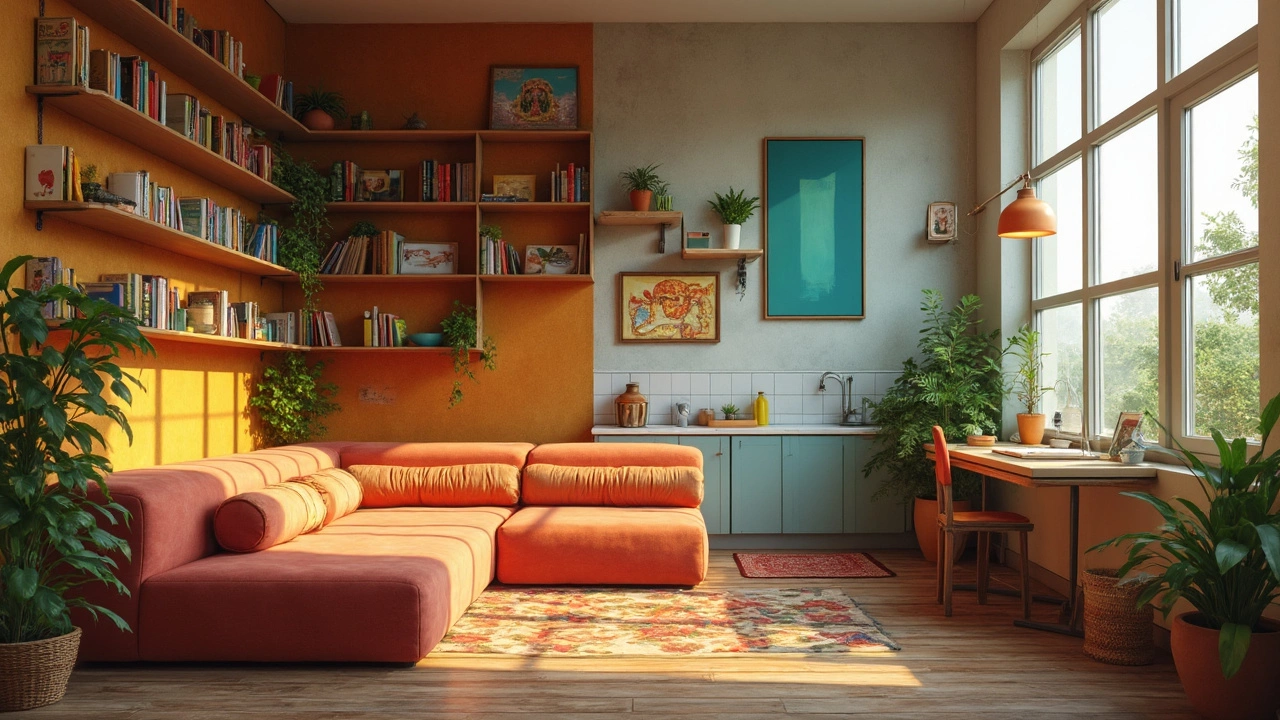
Smart Ways to Store Stuff When You're Out of Space
Tackling limited storage space can be a challenge, but innovative solutions make it possible to live clutter-free. From utilizing vertical spaces to making the most of hidden nooks, this article offers practical strategies to efficiently manage your belongings. By embracing multi-functional furniture and creative storage hacks, you can transform your living area into a well-organized haven. Discover how simple adjustments can lead to smarter use of every inch of your home. Say goodbye to clutter and hello to a more organized, spacious environment.
View More